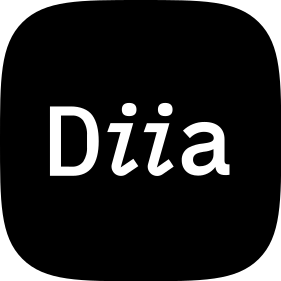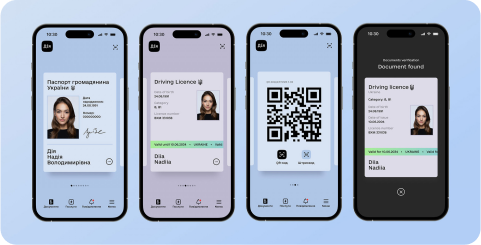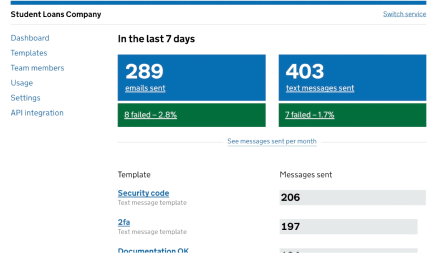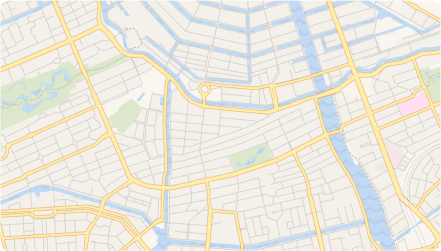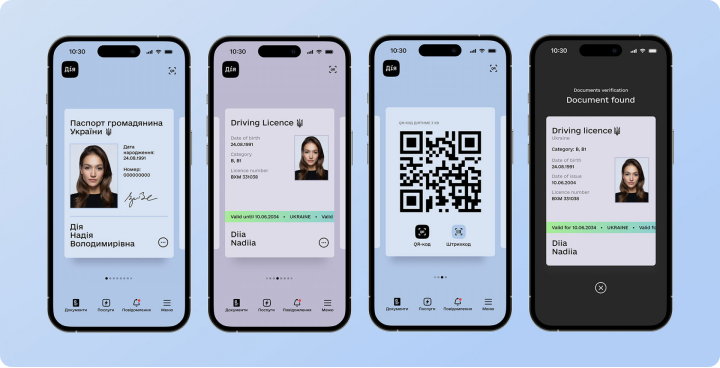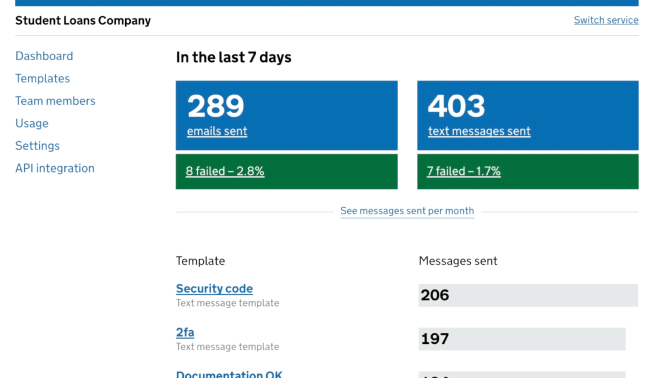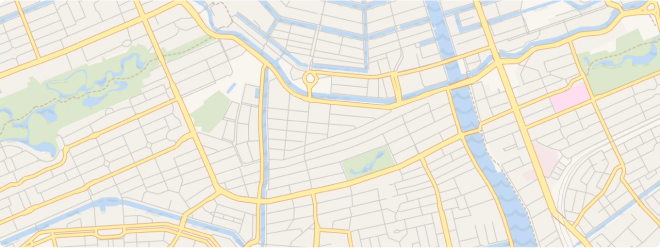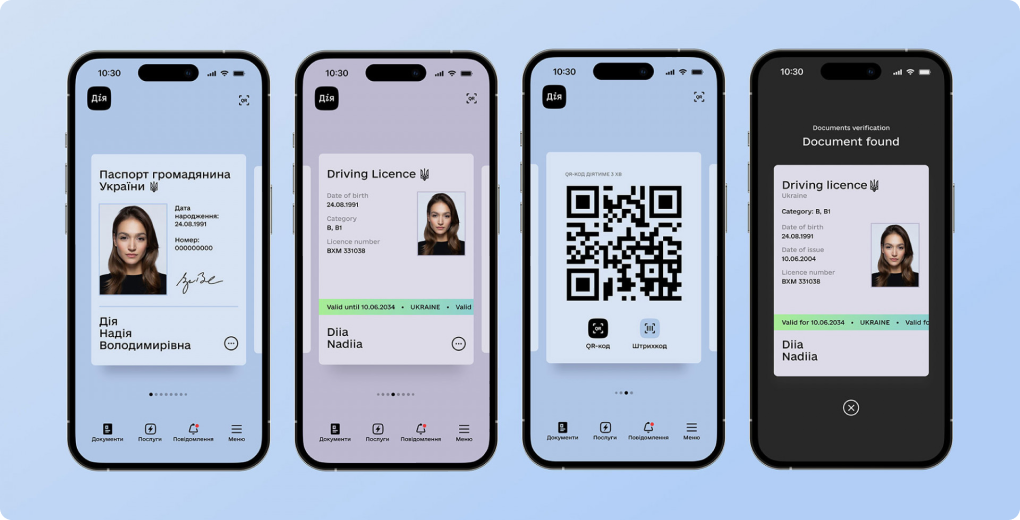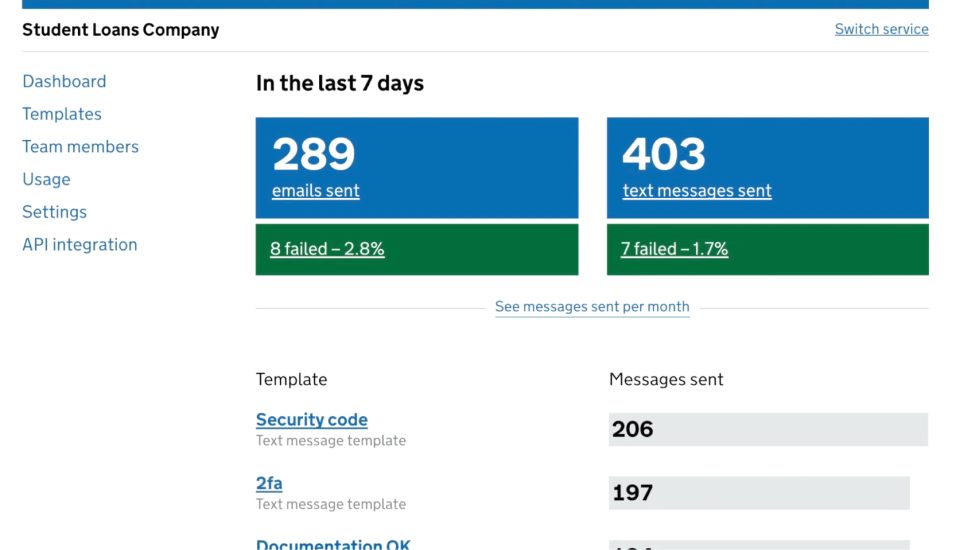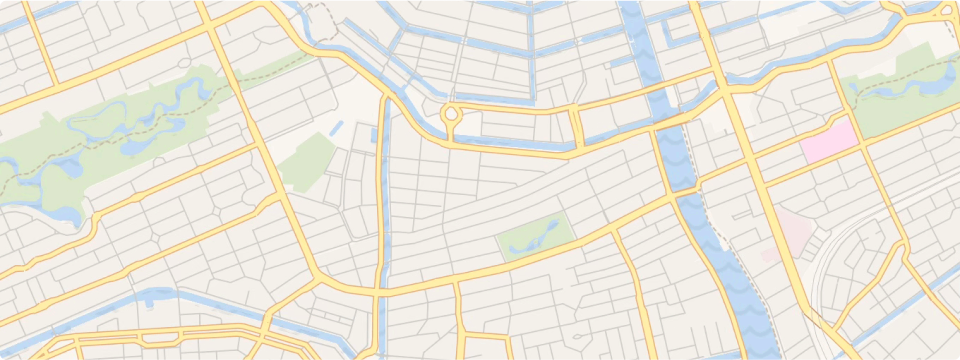
Digital Public Products need sustainable vehicles
Any open software developed by a government or their vendor needs a Public Product Organization—an organization built around a sustainable, strategic, and collaborative model.

What is a Public Product Organization?
Respond to bugs and security concerns
Build sustainable financial models to allow for reliable, continuous delivery
Grow and support communities of practice, involving stakeholders and developers from public implementers and an ecosystem of vendors
Generate awareness of the product as an offering to public organizations who are looking to implement such a solution
The Six Pillars of Successful Public Product Organizations
As the growth of a public product community distributes the costs and responsibilities of development and maintenance across a larger set of contributors, increasing awareness of the product’s availability, adaptability, and successful deployment is key to the ecosystem’s success.
Public product organizations can take many forms, and will have different vehicles in different jurisdictions, but a well defined organizational structure that spells out the different processes, roles and how they relate to each other is critical for successful long-term collaboration.

